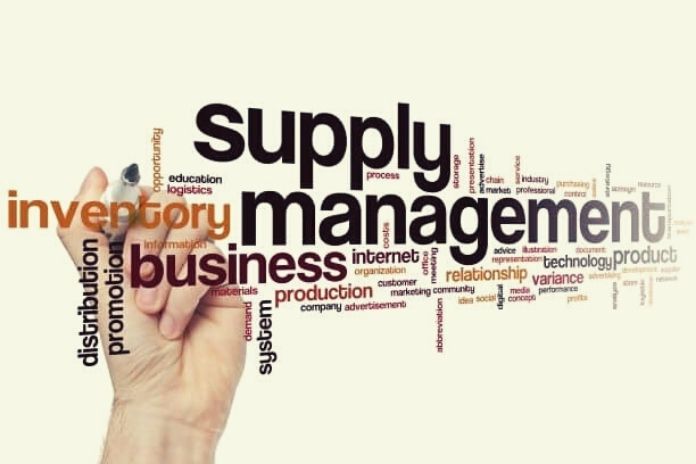In many areas, the pandemic disrupted what was already fraught with risks – including logistics. Suppliers could no longer deliver or provide to the usual extent, and supply chains collapsed. The effects on production were devastating. Supplier management allows the dangers to be identified in advance.
The effects of the corona pandemic on supply chains were felt on all sides. The crisis only revealed what was already there: the vulnerability of supply chains. companies that purchase their goods from a few suppliers in the same region have suffered massively from the pandemic. The imposed lockdowns – the dependency on individual suppliers, became apparent. Supplier management offers a solution for this. “Such chains, which are susceptible to failure, could have been identified in advance through analyzes,”. The management consultancy is active worldwide and specializes in strategy and process consulting and factory, production, and logistics planning.
Supplier Management: Analyzes Reveal Susceptibility To Failure
For manufacturing companies in the industry, the supply bottlenecks caused by crises led to production downtimes and a drop in sales – especially in companies that rely on the just-in-time principle and thus designed their supply chains on redundancies. To prepare as best as possible for incidents caused by the Corona crisis, companies should ensure transparency in the supply chain. For this, the establishment of systematic supplier management is essential.
“Such an organization plays an essential role in the risk assessment of supply chains,”. As early as the supplier development phase, the managers can identify risk areas and run through possible failure scenarios with the help of the Failure Mode and Effects Analysis (FMEA). In production, the FMEA is already a standard method for identifying possible disruptive processes. However, the way can also be easily transferred to logistics chains. Potential risks and bottlenecks in the delivery can be identified and eliminated in advance.
Early Warning Systems And Cockpits: Tools For Supplier Management
Early warning systems and cockpits as tools can also be helpful and support supplier management. Various criteria and key data can be implemented in these critical figure systems – tailored to the industry and the company. With the tools, tolerances can be taken into account and differentiated according to the forms of delivery.
The critical figure systems provide crucial data on the demand side, giving companies an overview of the delivery performance of their logistics chains. “The automotive industry has come a long way here and serves as a pioneer,”. Still, they can also be used for other sectors, primarily since suppliers supply car manufacturers and other companies. These then benefit from standards that have been established and which they can apply to other areas.
The Flexible Design Of Internal And External Networks
In addition, it is also essential to make networks more flexible. Suppose goods can be obtained from different suppliers, and suppliers can be changed quickly in bottlenecks. In that case, companies can react to fluctuations in good time and avoid production downtimes. Continuous network monitoring provides an overview of changes in performance and shows how individual parameters are changing. In addition, unique procurement platforms offer a high degree of flexibility, as they use different networks. Instead of relying on one supplier or one region, production companies have access to a whole network of suppliers. In this way, companies can create redundancies and switch to multiple sourcing.
In addition to this external supply network, i.e., the cross-location exchange of inventory and delivery data. If companies have an overview of the stocks at all locations, they can move goods internally and thus react to fluctuations at short notice and without great effort.
Supplier Management And Flexible Networks Increase Stability
The systematic supplier management and the flexibilization of the networks guarantee companies a high degree of stability, which is the basis of any production security. “If companies can ensure this stability, customers are even willing to pay a higher price,”. If customers order an article online, for example, and receive a selection from different manufacturers, they would usually opt for the more expensive product delivered to them faster.
In the pandemic, the supply chains were massively disrupted by imposed lockdowns. This led to supply bottlenecks, production losses, and a collapse in sales. However, if companies have supplier management in place, they can identify potential risks and incidents in advance and counteract them. Early warning systems, cockpits, and monitoring are supportive means here. In addition, the flexible design of the external and internal networks is crucial to react quickly to fluctuations.
ALSO READ: AIoT – Is This The Future Of The Internet Of Things?

